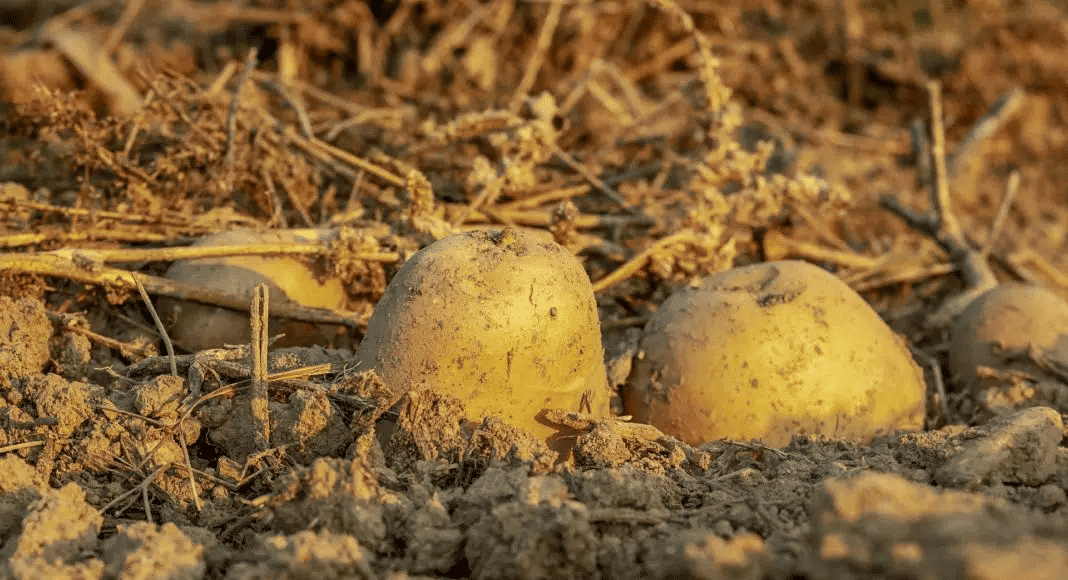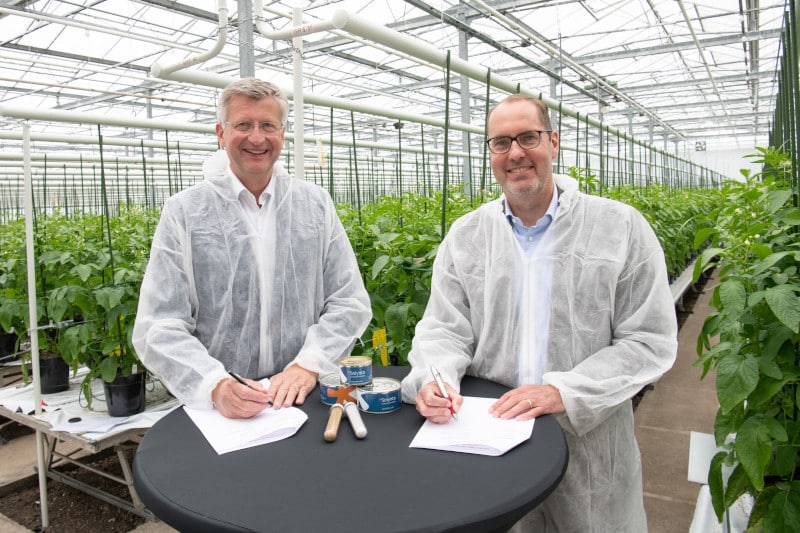A new book titled “Impact of hybrid potato: the future of hybrid potato from a systems perspective” is taking a closer look at the influence hybrid potatoes will have on the world, a June 5 news release said.
In the book, the researchers write about the technical innovations behind the hybrid potato and how small farmers can be provided access to suitable starting material.
The book is based on the results of an NWO-funded research project entitled “Responsible Innovation in Dutch Potato Breeding (Potarei).” The release noted the project partners were Wageningen University and Research (WUR), the Rathenau Institute, the University of Groningen and Solynta.
Hybrid breeding will allow potato varieties with new characteristics to be grown, such as varieties that are resistant to certain diseases which will reduce the need for pesticides, the release said. Using hybrid seed as a starting material for potato cultivation will make breeding such varieties much quicker and more efficient.
“The hybrid potato will have the most impact on yields in remote and inaccessible agricultural regionals. With hybrid potatoes, we expect to be able to respond much faster to farmers’ needs, such as resistance to the dreaded potato disease Phytophthora. But we will also be able to develop hybrid varieties that are more resistant to climate change,” Paul Struik, project leader of Potarei and WUR professor of crop physiology, said in the release.
Hybrid potatoes will have the most impact in Africa to start off as hybrid seed offers the most added value for small farmers with limited resources.
The book reveals that, with faster breeding and propagation systems, it will be possible to produce clean seed and respond to climate change and the rapidly changing demands of markets and society, the release said.
“However, to make this revolution possible, the potato production system for both seeds and seed potatoes will have to be radically changed,” Pim Lindhout, former director of research and development at Solynta and co-editor of the book, said in the release.
The book is published by Wageningen Academic Publishers and KIT Royal Tropical Institute.












